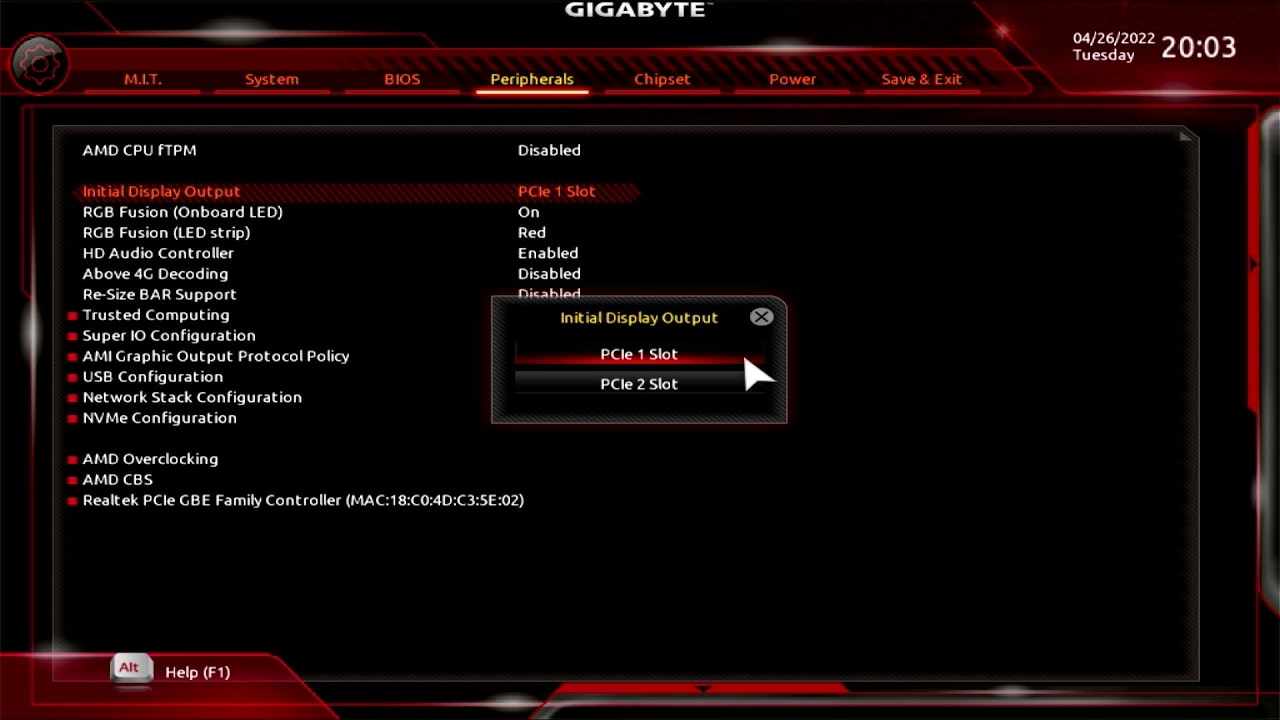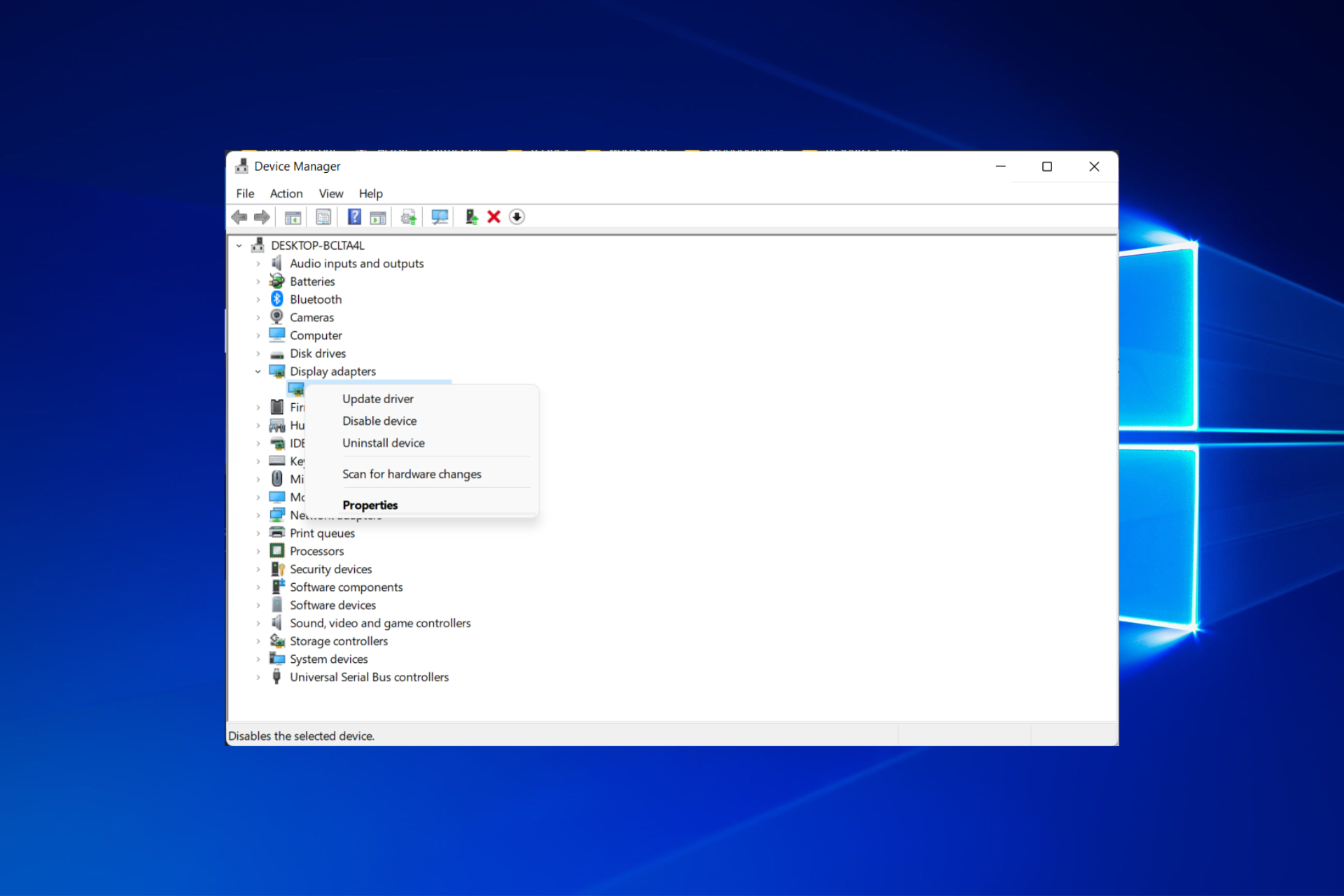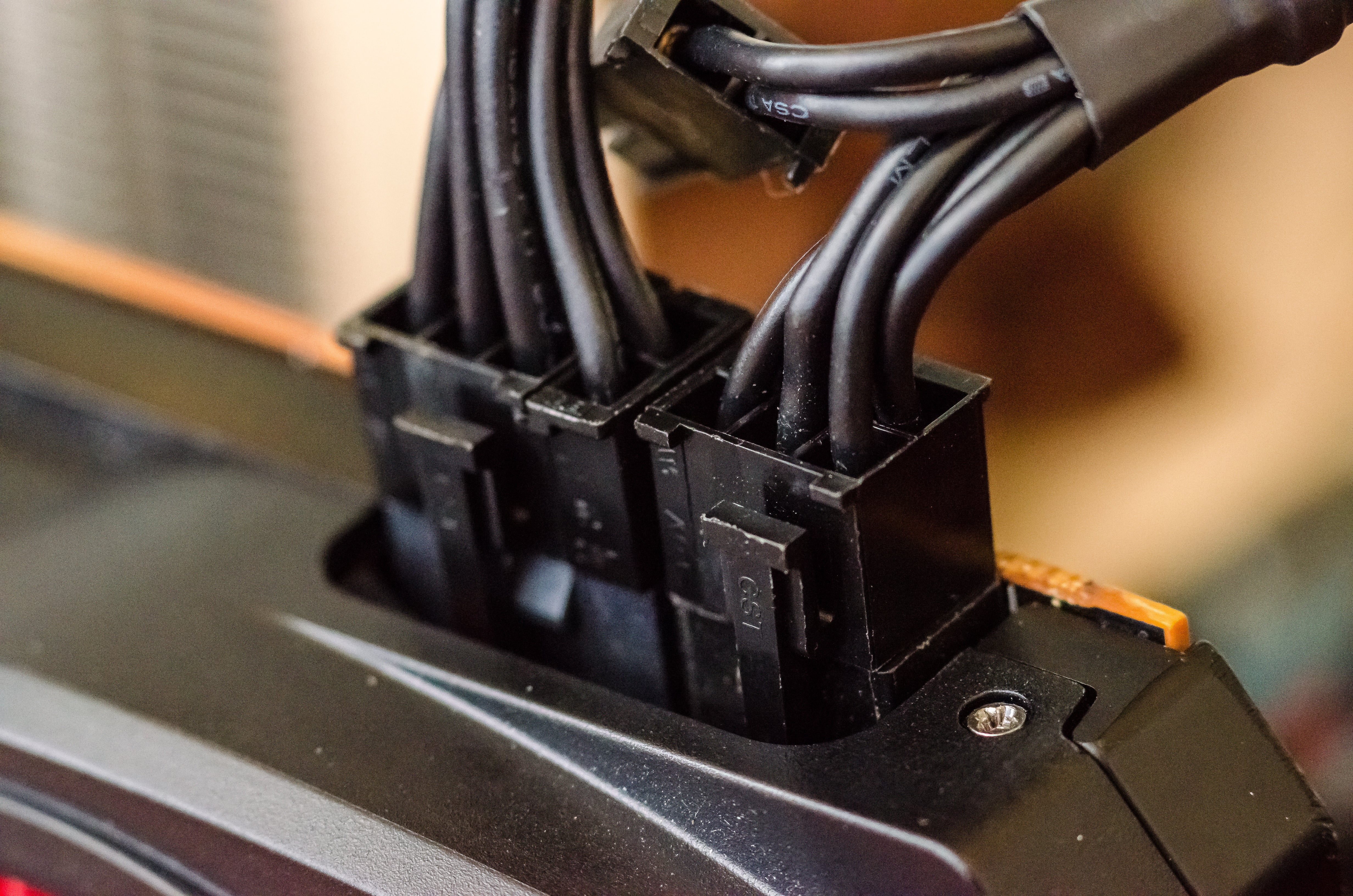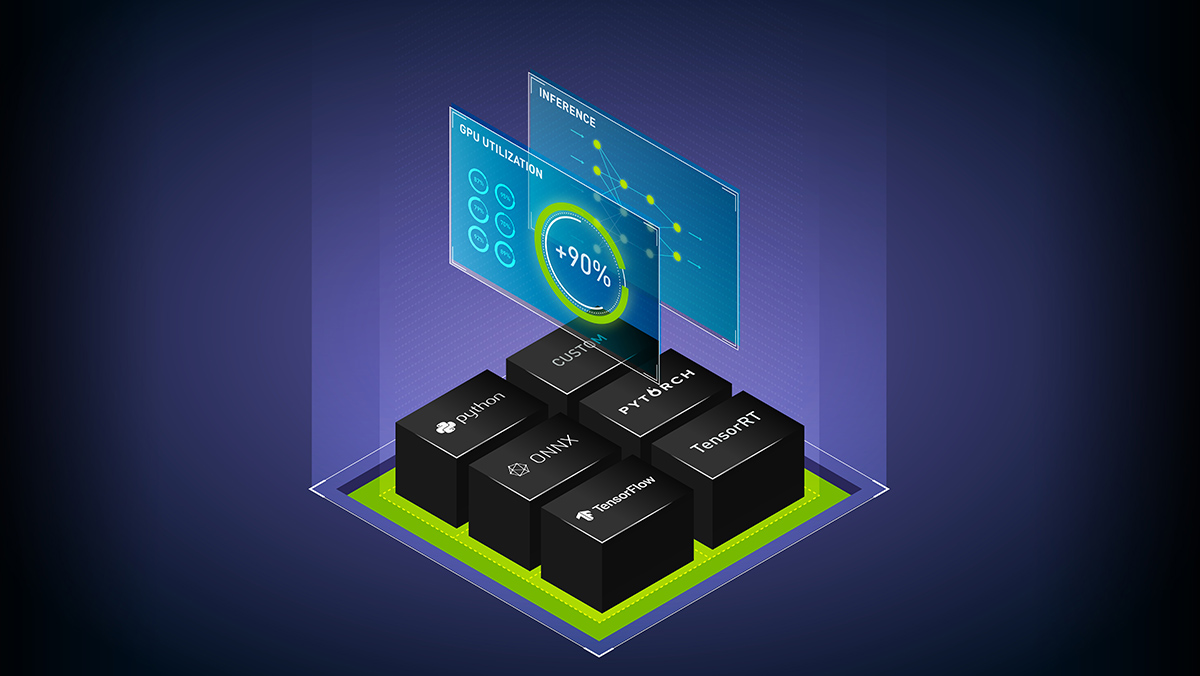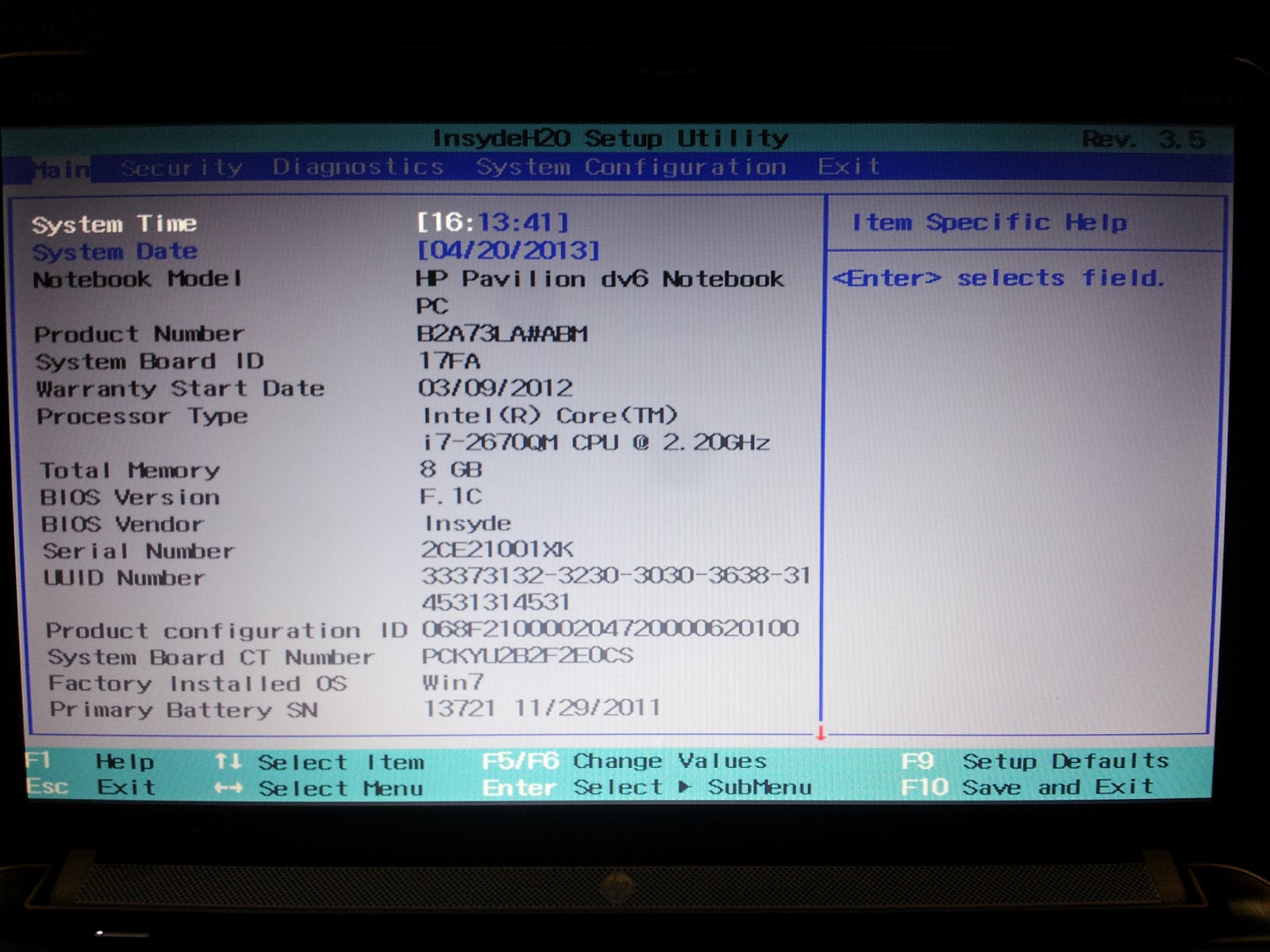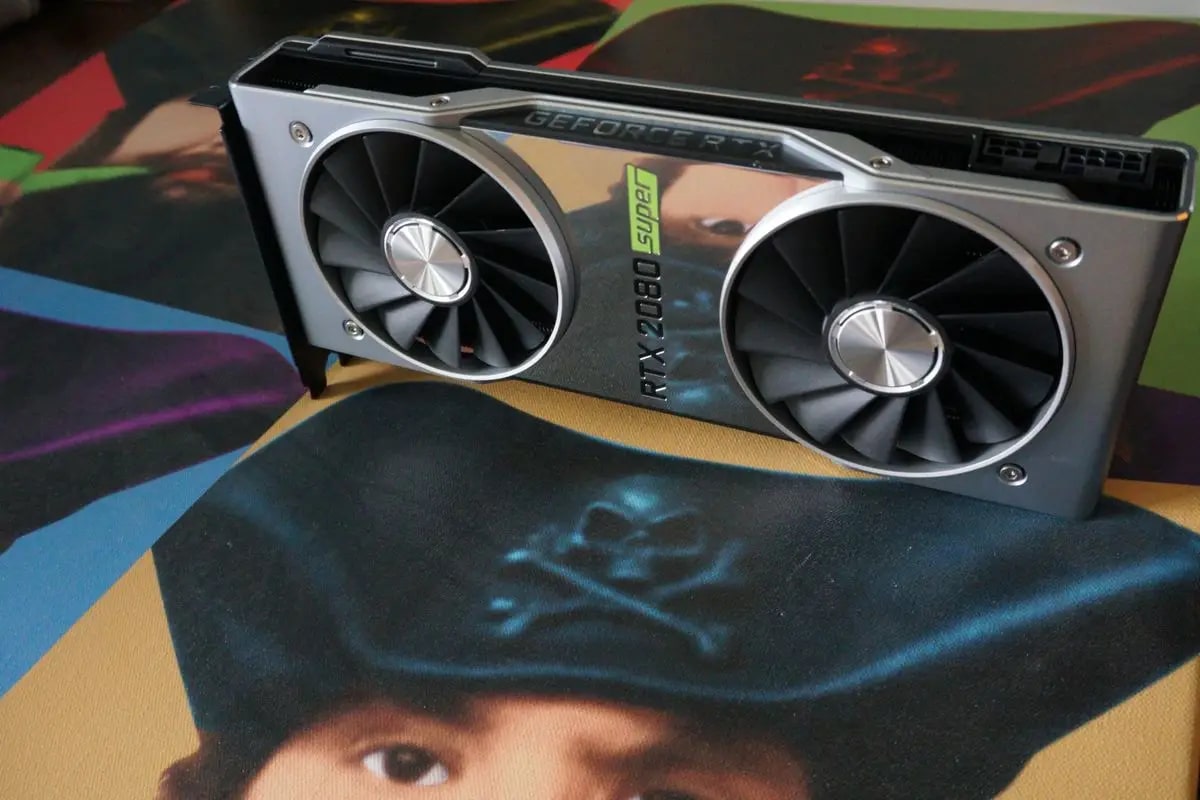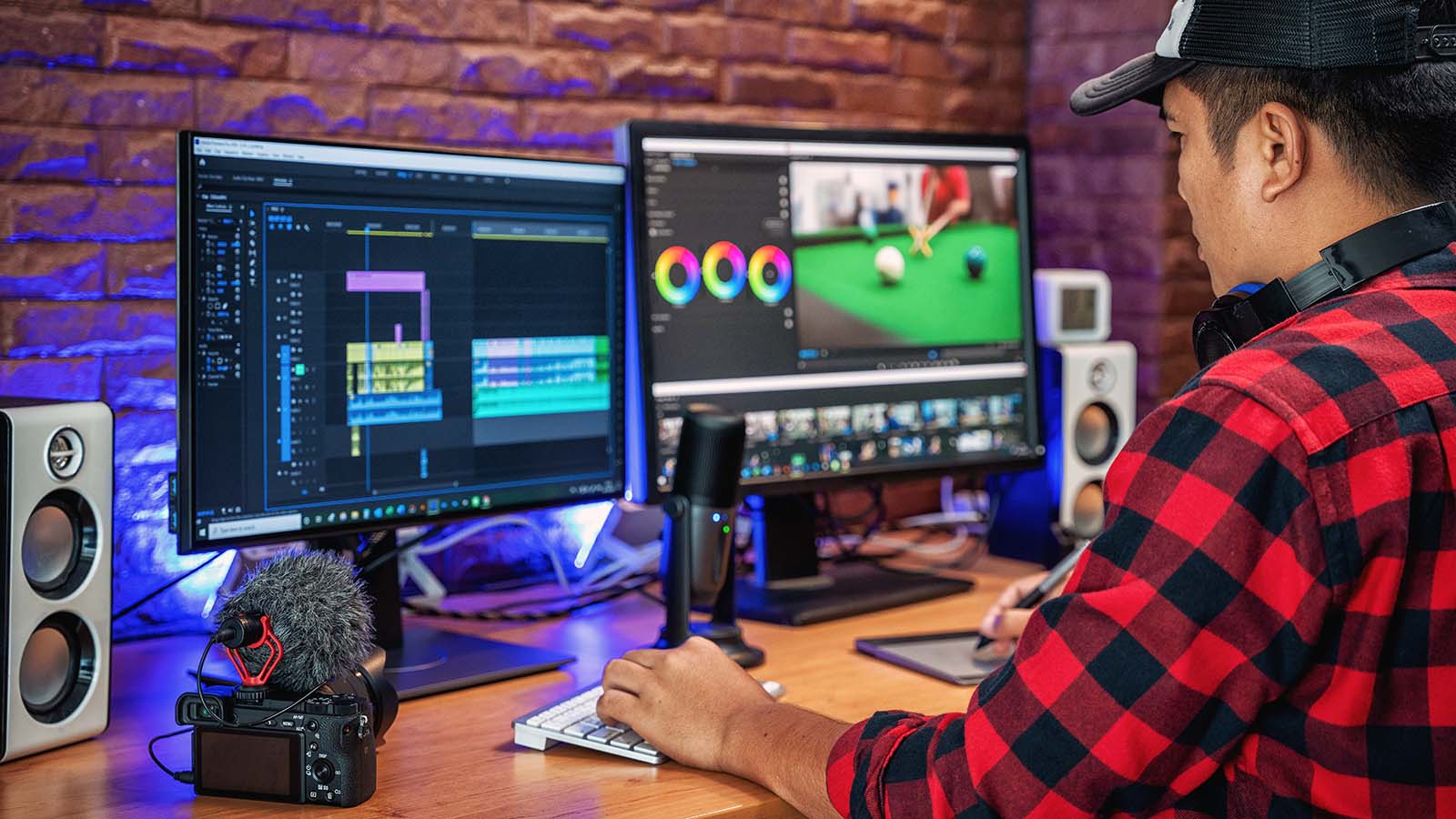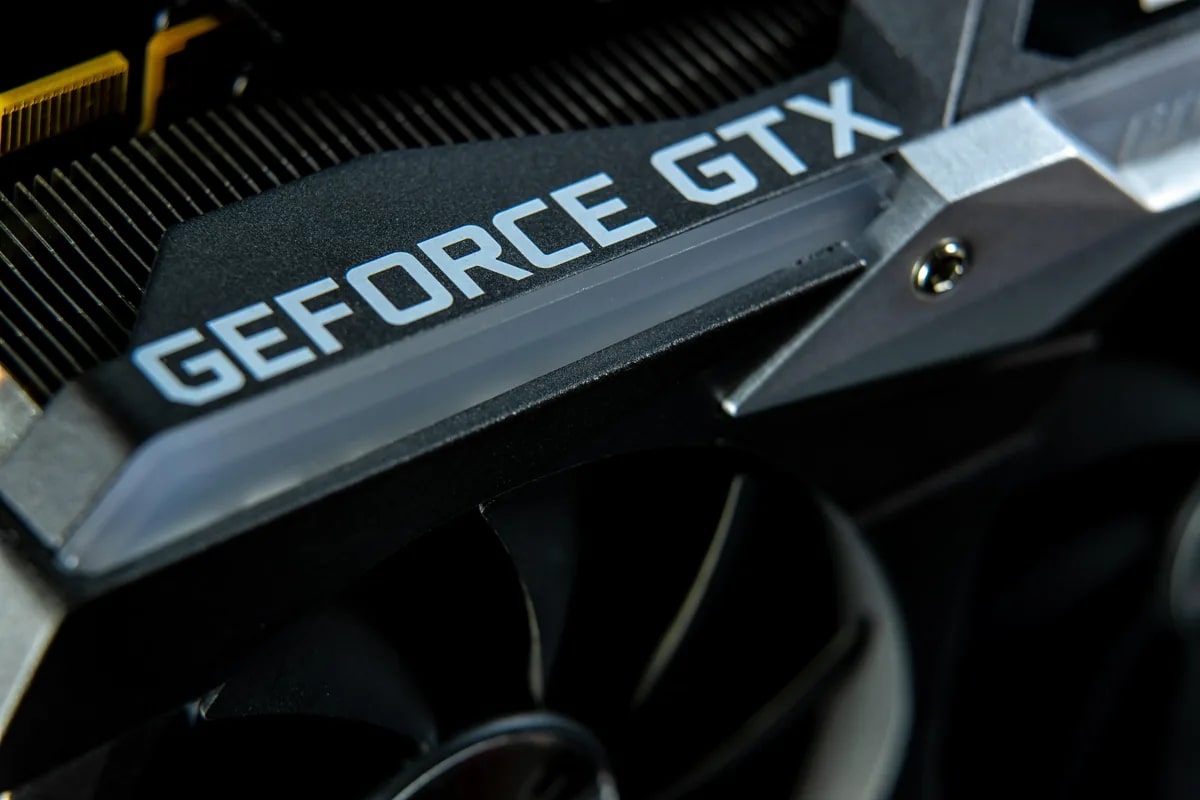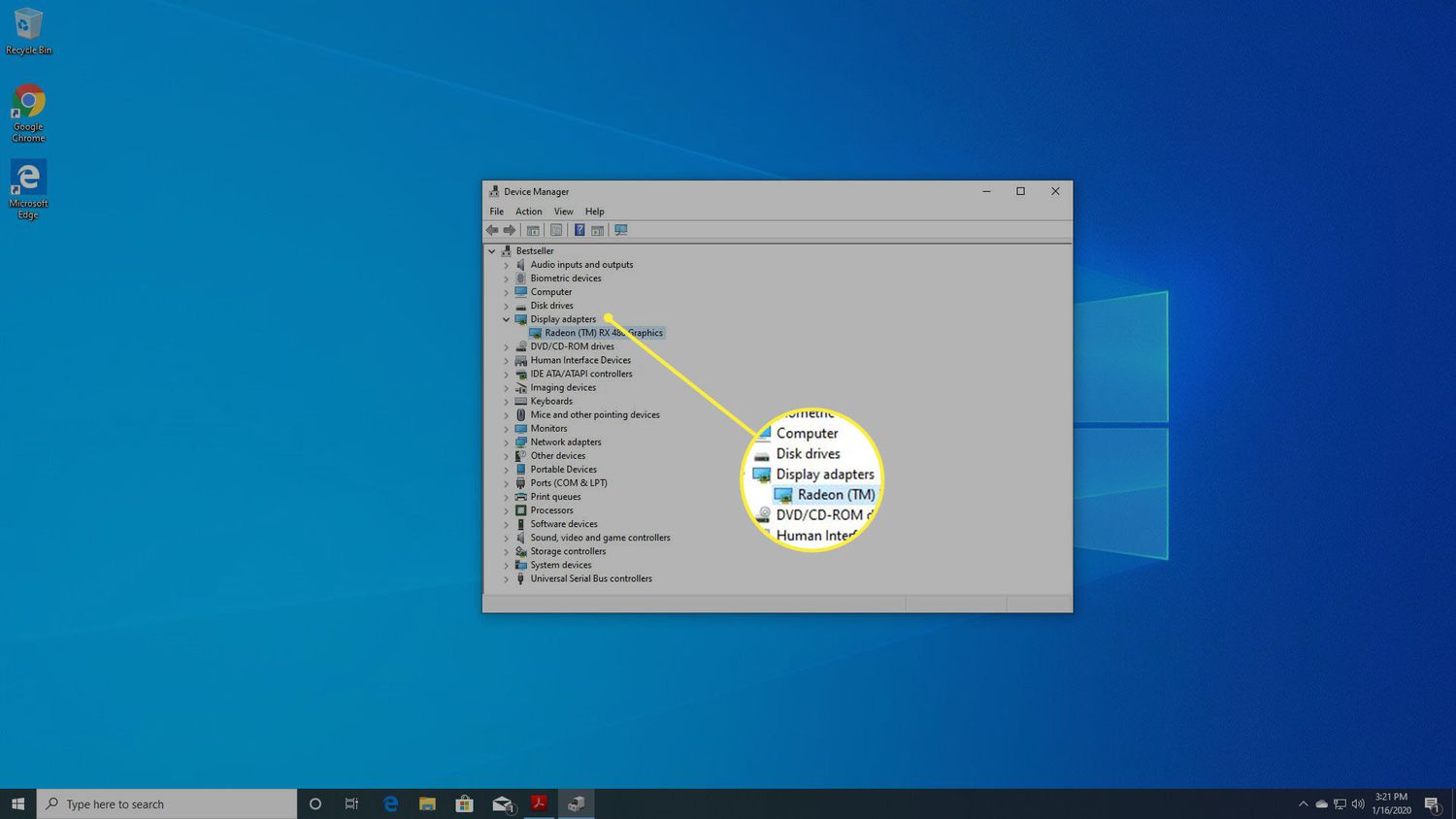Introduction
As a computer user, you rely on your graphics card to deliver stunning visuals, smooth animations, and seamless gameplay. Whether you’re a gamer, a designer, or a multimedia enthusiast, a faulty graphics card can significantly impact your overall experience. That’s why it’s crucial to ensure that your graphics card is working properly.
Graphics cards, also known as video cards or GPUs (Graphics Processing Units), are responsible for rendering and displaying images, videos, and other graphical elements on your computer monitor. They handle the heavy lifting when it comes to processing complex graphics-intensive tasks, making them an essential component for modern computer systems.
However, like any other hardware component, graphics cards can sometimes encounter issues that affect their performance. From software conflicts to overheating or even physical damage, various factors can lead to a faulty graphics card. That’s why it’s crucial to be aware of the signs indicating that your graphics card may be malfunctioning and to know how to troubleshoot and confirm whether it is working properly.
In this guide, we’ll explore the reasons why you should check if your graphics card is working properly and discuss common signs of a malfunctioning graphics card. We’ll also outline the steps to check your graphics card’s functionality using software tools and hardware tests. Additionally, we’ll provide troubleshooting tips to help you diagnose and rectify any issues that may arise.
By the end of this article, you’ll have a better understanding of how to determine if your graphics card is functioning correctly, enabling you to enjoy optimal performance and a seamless computing experience.
Reasons to Check if Your Graphics Card is Working Properly
Your graphics card plays a vital role in the overall performance and visual experience of your computer. Here are some compelling reasons why it’s essential to regularly check if your graphics card is working properly:
- Optimal Performance: A properly functioning graphics card ensures that your games, videos, and graphic-intensive applications run smoothly and without lag. Regularly checking for any issues can help you maintain optimal performance and prevent frustrating slowdowns or glitches.
- Visual Quality: A faulty graphics card can lead to visual artifacts, distorted images, or flickering screens. By ensuring your graphics card is working properly, you can enjoy crisp, clear, and visually stunning graphics.
- Compatibility: Graphics card drivers and software updates are released regularly to improve compatibility with the latest games and applications. Checking if your graphics card is functioning correctly ensures that you have the latest drivers installed, maximizing compatibility and preventing any potential compatibility issues.
- Overheating Prevention: Graphics cards generate a significant amount of heat during operation. If your graphics card is not functioning properly, it may overheat, leading to performance degradation or even hardware failure. Regularly checking the temperatures and ensuring proper cooling can help prevent overheating issues.
- Troubleshooting: If you encounter graphical issues, crashes, or system instability, confirming the functionality of your graphics card is an essential step in the troubleshooting process. By ruling out any issues with your graphics card, you can focus on other potential causes and find the appropriate solutions.
By taking the time to check if your graphics card is working properly, you can avoid potential performance issues, ensure compatibility with the latest software, and prevent any long-term damage to your hardware. Now that we understand why it’s crucial to verify the functionality of your graphics card, let’s explore common signs that may indicate a faulty graphics card in the next section.
Common Signs of a Faulty Graphics Card
A faulty graphics card can manifest in various ways, impacting your overall computing experience. Here are some common signs that may indicate a problematic graphics card:
- Artifacts on the screen: If you notice unusual graphical glitches or artifacts, such as random lines, blocks, or distorted textures appearing on your screen, it could be a sign of a malfunctioning graphics card.
- Screen flickering or blackouts: Intermittent screen flickering or complete blackouts can suggest an issue with your graphics card. If your screen frequently goes black or flashes, even after reconnecting cables or trying different displays, it may indicate a faulty graphics card.
- Overheating: Graphics cards generate heat during operation, but if the temperature exceeds optimal levels, it can lead to performance problems and system crashes. If you notice frequent system freezes or shutdowns accompanied by high fan speeds or excessive heat, it could be due to a malfunctioning graphics card.
- Driver crashes or errors: Outdated or incompatible graphics drivers can cause crashes and error messages when running graphics-intensive applications or games. If you experience frequent driver crashes or error notifications, it may indicate a problem with your graphics card.
- Low frame rates and stuttering: If you notice a significant drop in frame rates or experience stuttering and lag while running games or graphic-intensive applications, it could be a sign of a faulty graphics card struggling to keep up with the workload.
- Display resolution issues: Incorrect or limited display resolutions, such as not being able to set the desired resolution or experiencing stretched or distorted images, are often indicative of graphics card problems.
It’s important to note that these signs can also occur due to other factors such as outdated drivers, software conflicts, or hardware issues. Therefore, it’s crucial to systematically diagnose and rule out other potential causes before concluding that your graphics card is indeed faulty.
In the next section, we’ll explore the steps you can take to check if your graphics card is working properly, using both software tools and hardware tests.
Steps to Check if Your Graphics Card is Working Properly
Confirming the functionality of your graphics card involves a combination of software checks and hardware tests. Follow these steps to determine if your graphics card is working properly:
- Update graphics drivers: Begin by ensuring you have the latest graphics drivers installed. Visit the manufacturer’s website or use a driver update tool to download and install the most recent drivers for your graphics card. Updated drivers can resolve compatibility issues and improve performance.
- Check device manager: Open the Device Manager on your computer and expand the “Display adapters” section. Verify that your graphics card is correctly recognized by the system without any warning icons or error messages.
- Run diagnostic software: Utilize diagnostic software specifically designed to test graphics card performance and identify potential issues. Popular tools include FurMark, MSI Afterburner, and GPU-Z. Perform benchmark tests and monitor temperature and fan speeds to ensure stable performance.
- Test on different applications: Run graphically demanding applications or games to gauge how your graphics card handles the workload. Monitor for any unusual behavior, crashes, or performance issues during extended gameplay sessions or while running resource-intensive software.
- Inspect physical connections: Ensure that your graphics card is properly seated in its slot and that all power connections are secure. Loose connections or improperly inserted cards can cause performance problems or prevent the card from functioning altogether.
- Clean the card and fans: Dust buildup can hinder airflow and lead to overheating. Use compressed air or a soft brush to clean the graphics card and its fans, ensuring optimal cooling and preventing performance issues caused by overheating.
- Monitor system temperatures: Utilize monitoring software to keep an eye on your graphics card’s temperature. High temperatures can indicate cooling problems or a faulty card. If the temperatures consistently reach alarming levels, consider improving ventilation or investing in additional cooling solutions.
By following these steps, you can assess and verify the functionality of your graphics card. Remember to document any irregularities or issues you encounter during this process, as this information may be helpful when seeking further assistance or troubleshooting potential problems.
In the next sections, we’ll discuss software tools and hardware tests you can use to validate the performance of your graphics card, as well as troubleshooting tips for common graphics card issues.
Software Tools to Verify Graphics Card Performance
When it comes to checking the performance and functionality of your graphics card, several software tools can provide valuable insights. These tools allow you to monitor key metrics, run benchmarks, and diagnose any potential issues. Here are some popular software tools to help verify your graphics card’s performance:
- FurMark: FurMark is a widely-used graphics card stress-testing tool that pushes your GPU to its limits. It enables you to evaluate the stability and cooling capabilities of your graphics card by running intense benchmarks and monitoring temperature and frame rates. Keep in mind that FurMark puts your graphics card under heavy load, so monitor the temperatures closely to prevent overheating.
- MSI Afterburner: MSI Afterburner is a comprehensive graphics card overclocking utility. While it is primarily used for overclocking, it also provides real-time monitoring of GPU temperatures, fan speeds, and voltages. Through its monitoring capabilities, you can ensure that your graphics card is running within safe parameters and adjust settings if necessary.
- GPU-Z: GPU-Z is a lightweight tool that provides detailed information about your graphics card, including clock speeds, temperature, memory usage, and driver versions. It also enables you to monitor sensors in real-time and analyze the performance of your GPU. GPU-Z is a valuable tool for diagnosing potential hardware issues and identifying any discrepancies.
- 3DMark: 3DMark is a popular benchmarking software that measures your graphics card’s performance by running a series of tests, including graphics, CPU, and physics simulations. It provides detailed scores and comparisons, allowing you to gauge how your system stacks up against others. Using 3DMark, you can assess the stability and capability of your graphics card under different scenarios.
- HWMonitor: HWMonitor is a hardware monitoring tool that displays real-time information about the temperature, voltage, and fan speeds of various system components, including your graphics card. By keeping an eye on these metrics, you can identify potential issues such as overheating or inadequate cooling for your graphics card.
When using these software tools, make sure to follow the manufacturer’s instructions and recommendations. Always monitor temperature levels and take appropriate steps to prevent overheating or damage to your graphics card. Additionally, it’s important to keep your graphics card drivers up to date, as updated drivers can often improve performance and address compatibility issues.
In the next section, we’ll explore hardware tests you can perform to further evaluate the functionality of your graphics card.
Hardware Tests to Ensure Proper Graphics Card Functionality
In addition to software tools, performing hardware tests can help ensure the proper functionality of your graphics card. These tests help you identify any hardware-related issues that may be affecting the performance of your graphics card. Here are some hardware tests you can perform:
- Visual inspection: Carefully examine your graphics card for any physical damage or abnormalities. Look for bulging or leaking capacitors, loose connections, or signs of overheating such as discoloration. Address any visible issues accordingly to prevent further damage.
- Bench testing: Remove your graphics card from the computer and test it on another compatible system. This helps determine if the card is functioning properly without any hardware conflicts. If the card performs well on another system, the issue may lie with other components in your computer.
- Power supply test: An inadequate or malfunctioning power supply can cause problems with your graphics card. Use a power supply tester or replace the power supply with a known working one to ensure that your graphics card is receiving sufficient power.
- Clean or replace PCIe slot: Over time, dust and debris can accumulate in the PCIe slot, hindering the connection and causing performance issues for your graphics card. Use compressed air or a soft brush to clean the slot. If the problem persists, try inserting the graphics card into another PCIe slot, if available, to see if that resolves the issue.
- Reset BIOS settings: Resetting the BIOS to its default settings can sometimes fix compatibility issues and conflicts that may affect your graphics card’s performance. Consult your motherboard’s manual for instructions on how to reset the BIOS to ensure your graphics card is properly recognized.
It’s important to note that performing hardware tests requires caution and technical knowledge. If you’re not confident in performing these tests yourself, consider seeking assistance from a professional or a knowledgeable friend.
By conducting hardware tests in conjunction with software checks, you can gain a comprehensive understanding of your graphics card’s functionality. As with any hardware-intensive task, ensure your computer is powered off and disconnected from any power sources before performing any hardware tests or modifications.
In the next section, we’ll provide troubleshooting tips for common graphics card issues to help you resolve any problems you may encounter.
Troubleshooting Tips for Graphics Card Issues
Encountering issues with your graphics card can be frustrating, but there are several troubleshooting steps you can take to resolve or mitigate the problems. Here are some tips to help you troubleshoot common graphics card issues:
- Update graphics card drivers: Outdated or incompatible drivers can cause various problems with your graphics card. Ensure that you have the latest drivers installed from the manufacturer’s website or by using driver update software.
- Check for hardware conflicts: Make sure there are no conflicting hardware devices or software applications that may be interfering with your graphics card. Check the Device Manager for any conflicts and disable or uninstall any conflicting devices or applications.
- Adjust power settings: Graphics card performance can be affected by power-saving options. Navigate to the power options in your operating system and set it to “High-Performance” to ensure maximum performance for your graphics card.
- Check for overheating: High temperatures can cause graphics card issues. Ensure that your graphics card is adequately cooled with proper airflow, clean fans, and a well-ventilated computer case. Consider using additional cooling solutions if necessary.
- Disable overclocking: If you have overclocked your graphics card, revert it to the default clock speeds. Overclocking can lead to instability and performance issues if not done correctly.
- Scan for malware: Malware can negatively impact your graphics card and overall system performance. Run a comprehensive malware scan using reliable security software to detect and remove any potential threats.
- Perform a clean installation: If you continue to experience issues, uninstall your graphics card drivers completely and perform a clean installation. Use a driver removal tool to ensure all remnants of previous installations are removed before reinstalling the latest drivers.
- Seek technical support: If none of the troubleshooting steps resolve your graphics card issues, consider seeking technical support from the manufacturer or a knowledgeable computer technician. They can provide further guidance and assistance in diagnosing and resolving the problem.
Remember to document any steps you take and the results you observe during the troubleshooting process. This information can be helpful when seeking assistance and can provide valuable insights into the nature of the issue.
By utilizing these troubleshooting tips, you can effectively diagnose and resolve most common graphics card issues, ensuring optimal performance and an enhanced computing experience.
Conclusion
Ensuring that your graphics card is functioning properly is essential for a seamless and enjoyable computing experience, whether you’re a gamer, designer, or multimedia enthusiast. By regularly checking your graphics card, you can identify and address any issues before they significantly impact performance or cause hardware damage.
In this guide, we discussed the importance of checking your graphics card’s functionality and explored common signs of a faulty graphics card. We also provided step-by-step instructions on how to verify your graphics card’s performance using software tools and hardware tests. Additionally, we offered troubleshooting tips to assist you in resolving common graphics card issues that may arise.
Remember, keeping your graphics card drivers up to date and monitoring temperatures are crucial for maintaining optimal performance. If you encounter any issues, reviewing hardware connections, cleaning the card, and checking for conflicts can help identify potential solutions. In cases where troubleshooting doesn’t resolve the problem, seeking assistance from technical support or computer professionals can provide further guidance.
By following these tips and regularly checking your graphics card, you can enjoy improved visual quality, enhanced performance, and a more reliable computing experience. It’s worth investing some time and effort to ensure that your graphics card is in good working order, as it directly impacts the graphics-intensive tasks you perform on your computer.
So take the necessary steps to check if your graphics card is working properly, and unleash the full potential of your computer’s visual capabilities!







